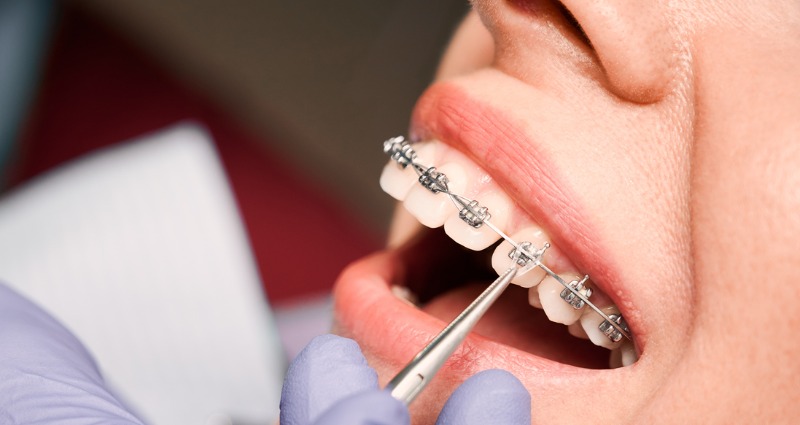Innovations in dental implants have significantly advanced the field of restorative dentistry, revolutionizing how dental professionals restore both function and aesthetics for patients with missing teeth. Traditional dental implants, consisting of titanium posts implanted into the jawbone to serve as artificial tooth roots, have long been the gold standard. However, recent innovations have further enhanced their effectiveness and appeal. The One notable advancement is the development of CAD/CAM technology, which stands for computer-aided design and computer-aided manufacturing. This technology allows for precise planning and fabrication of dental implants tailored to each patient’s unique anatomy. Dentists can now use detailed 3D scans to create virtual models of the patient’s jaw and teeth, ensuring a perfect fit for the implant. This level of precision not only improves the outcome of the procedure but also reduces the overall treatment time and enhances patient comfort. Moreover, materials science has played a crucial role in improving the durability and biocompatibility of dental implants.

While titanium remains the most commonly used material due to its strength and ability to integrate with the bone osseointegration, researchers are exploring new materials such as zirconia. Zirconia implants offer a tooth-colored alternative that may be more aesthetically pleasing, especially for patients with thin gums or a high smile line where metal may show through. These ceramic implants also eliminate concerns about metal allergies and corrosion, providing a viable option for a broader range of patients. Another significant innovation is the development of immediate-load implants, also known as same-day implants. Traditionally, after implant placement, a healing period of several months was required for osseointegration before the permanent crown could be attached. Immediate-load implants allow for the placement of a temporary crown on the same day as the implant surgery, providing immediate restoration of function and aesthetics. This innovation is particularly beneficial for patients who require front tooth replacements or have good bone quality, accelerating the overall treatment timeline and improving patient satisfaction. Advances in imaging technology have also transformed the planning and execution of dental implant procedures.
This allows dentists to assess bone density, nerve pathways, and sinus cavities more accurately, ensuring safer and more precise implant placement and learn more. Virtual surgical planning software further enhances this process by allowing dentists to simulate the implant surgery beforehand, optimizing the placement for optimal outcomes. Furthermore, the integration of digital dentistry has streamlined communication between dental professionals and dental laboratories, facilitating the fabrication of custom prosthetics that match the natural teeth in shape, color, and function. Intraoral scanners capture digital impressions of the patient’s mouth, eliminating the need for messy traditional impressions and improving the accuracy of the final restoration. In conclusion, innovations in dental implants continue to advance the field, offering patients enhanced options for restoring both their oral function and aesthetic appearance. From advanced imaging technologies and materials science to immediate-load implants and digital dentistry, these innovations not only improve treatment outcomes but also contribute to a more comfortable and efficient patient experience.